Jewellery Ecommerce Consultant
Online Jewelry Business | Jewelry Ecommerce
The online jewelry industry has seen significant growth in recent years, with more and more consumers turning to the internet to purchase high-quality jewelry. One of the main advantages of buying jewelry online is the convenience it offers. Customers can browse through a wide selection of products from the comfort of their own homes, without the need to physically visit a store.
In addition, online jewelry stores often offer competitive prices due to their lower overhead costs compared to brick-and-mortar stores. This allows customers to find high-quality jewelry at more affordable prices. Another advantage is the ability to easily compare prices and product offerings across different websites, which helps customers make informed purchasing decisions.
What are the Challenges faced by Online Jewellery Retailers?
- One of the biggest challenges is the need to establish trust and credibility with customers. Since customers cannot physically inspect the products before purchasing, online jewelry stores must invest in high-quality product images and descriptions to help customers make informed decisions. They must also provide excellent customer service and clear return policies to ensure customer satisfaction.
- Another challenge is the competition. The online jewelry industry is highly competitive, with many players vying for a share of the market. Online jewelry business must find ways to differentiate themselves from the competition, whether through pricing, product selection, or customer experience.
- Shipping and logistics also present a challenge for online jewelry players. Jewelry is a high-value item, and customers expect it to be delivered quickly and securely. Online jewelry stores must ensure that their shipping and logistics operations are efficient and reliable, and that they have systems in place to prevent loss or damage during transit.
- Finally, online jewelry players must stay up-to-date with the latest trends and technologies in the industry. They must constantly innovate and adapt to changing consumer preferences, as well as stay on top of developments in areas such as mobile commerce, social media marketing, and data analytics.
Overall, the online jewelry industry presents a number of challenges, but those who are able to overcome them can benefit from the growing demand for high-quality jewelry online.
How YRC can help to Start an Online Jewelry Business Or Expand your Jewelry Business?
If you’re considering starting your own jewelry line or opening an online jewelry business, there are several key steps you’ll need to follow to ensure your venture is successful. Here are six important steps to keep in mind:
1. Market Research:
(Product Demand, Competitor Research, Product & Pricing Research and Customer Analysis)
To create a successful jewelry brand, you need to define your niche and decide what types of products you want to sell. Consider categories like women’s daily wear, wedding wear, men’s wear, pet jewelry, gold, silver, diamond/platinum, designer, and costume jewelry. Creating a list of subcategories and attributes will help you prepare a comprehensive category list.
Identifying your target market is crucial for positioning your brand in the market. Determine who your target customers are, their age group, where to find them, when they buy jewelry, and how they buy it. Answering these questions will help you create an effective brand positioning strategy.
2. Jewelry Business Plan
To start a successful jewelry business online, you need a detailed business plan to identify all costs associated with starting your venture. This includes your capital investment, operating costs, breakeven sales, ROI, margins, and marketing and operations budgets. Creating a jewelry brand requires good cash flow planning. It’s essential to determine your cash flow projections for the first six months to one year. Consider seeking the advice of a jewellery e-commerce consultant to ensure your business plan is well-structured and financially viable.
3. Website UI/UX & Development
If you’re new to the market, start selling on marketplaces to get an insight into the market. If you’re an existing brand or a funded e-commerce startup, build your jewelry website on the right e-commerce platform, such as Magento, Shopify, Woo Commerce, or Big Commerce. Choosing the right platform is crucial for creating an effective online presence.
4. Define Policies and Procedures (Industry Best Parctices)
Before launching your website, devise your sales, return goods, refund, exchange, and gift card policies. Publish them on your website to provide transparency and build trust with your customers. Develop your front-end and back-end procedures, such as order management, customer service, purchase, inventory management, accounts, HR, marketing, merchandising, supply chain, and last-mile delivery.
5. Integrate IT Systems
Use WMS, CRM, inventory management, and last-mile delivery software from day one to manage your e-commerce business efficiently. This will help prevent delays or errors in picking, packing, dispatch, and stock-out situations. It’s essential to have a professional and efficient IT system to create a seamless customer experience and provide a “brand feel” to your customers.
6. Omnichannel Presence
Having an omnichannel presence for a jewelry business offers several benefits, including improved customer experience, increased customer engagement and loyalty, higher conversion rates, enhanced brand recognition, and improved inventory management. It also provides customers with seamless shopping experiences across multiple channels, resulting in increased sales and revenue.
ewelry Business Consultants at YRC (Your Retail Coach) will give you a clear roadmap to expand or start a successful online jewelry store using an effective online jewelry business model. To get in touch with YRC team
Case Study
FAQs
Is it profitable to sell jewelry online?
Yes definitely, there are numerous successful profitable brands selling jewelry online. We would suggest to build a business plan with an expert, as every business has their own dynamics, strenghts and weaknesses which needs to be assessed before hand, to ensure its shall be not just profitable but also sustainable.
How much does it cost to make a jewelry website?
Jewelry website with 10-12 page categories and approx 50 to 100 SKUs listed can cost anywhere around 1500 to 6000 USD, depending upon various parameters. A multi-region and mutil-language website with cross-border operations can cost anywhere from 5000 to 10,000 USD. Having said that, the more you compromise on features, the more you reduce the cost and the more you add features to enhance CX, the more you add on the website cost.
How can I expand my imitation jewellery business? Or How can I improve my online jewelry business?
Imitation jewelry has good demand and potential to sell online.
Few key elements to consider for jewelry business growth:
- Brand Niche: Its important to tell your customers that why they need to buy from you and not your competitors
- Brand Experience: Repeat buying is the key to build a profitable business. Poor service, systems and processes will lead to loss of trust in the brand.
- Brand Franchising: Jewelry franchsing has proven to be successful amongst various brands
- Omnichannel Retailing: Today its not about being just present online and offline, but giving an omnichannel experience. To know more about this subject. click here: https://www.youtube.com/watch?v=Ti5eNhYxRVg&t=32s
Contact an YRC Expert today to explore growth opportunities for your business.
How to start a jewelry line with no experience
Ways to efficiently manage your jewelry business:
- Conduct a market research to understand your competition. Click here to read more. https://www.yourretailcoach.in/how-is-competitor-research-different-in-ecommerce-how-to-do-it-right/
- Make a Business Plan to understand the Investment, ROI, Payback period, etc with an experts who understands the nuances of the jewelry business.
To get help is above areas, get in touch with YRC Retail Jewelry Consultants today !!
Get Advice for Jewelry Retail & Ecommerce
Related Blogs
Challenges for Luxury Retail Brands and Stores
The term ‘luxury’ could have different connotations from different perspectives. For some people, it is optional and they may not strongly feel the need to indulge. For some others, it could be a representation of status symbol, personal identity, and...
Starting an Online Luxury Retail Business: An Organized Approach by YRC
Luxury retail is an exclusive vertical. Premium customer support, impeccable product quality, robust distribution and delivery, and an irrefutable brand positioning leave no room for ordinary ways of doing business in luxury retail. From planning to operations,...
How to start an Online Jewellery Business?
Online Niches, Stats, & Steps every entrepreneur must know !!! Wearing jewellery is no longer restricted to women alone, times have changed and there is increasing demand amongst men to buy jewellery both online and offline. Currently, jewellery and accessories...


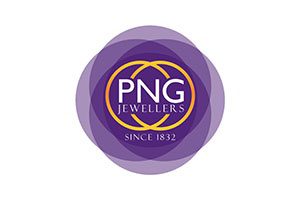
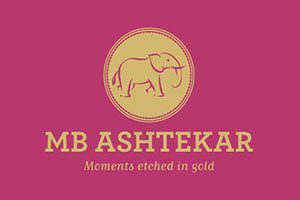

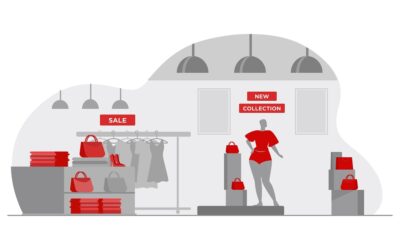
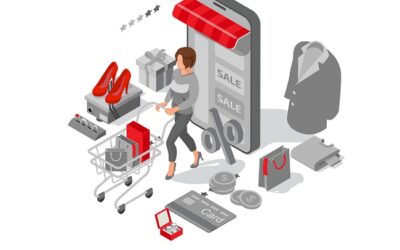
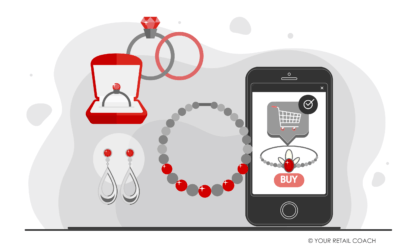
We work only for Visionaries.